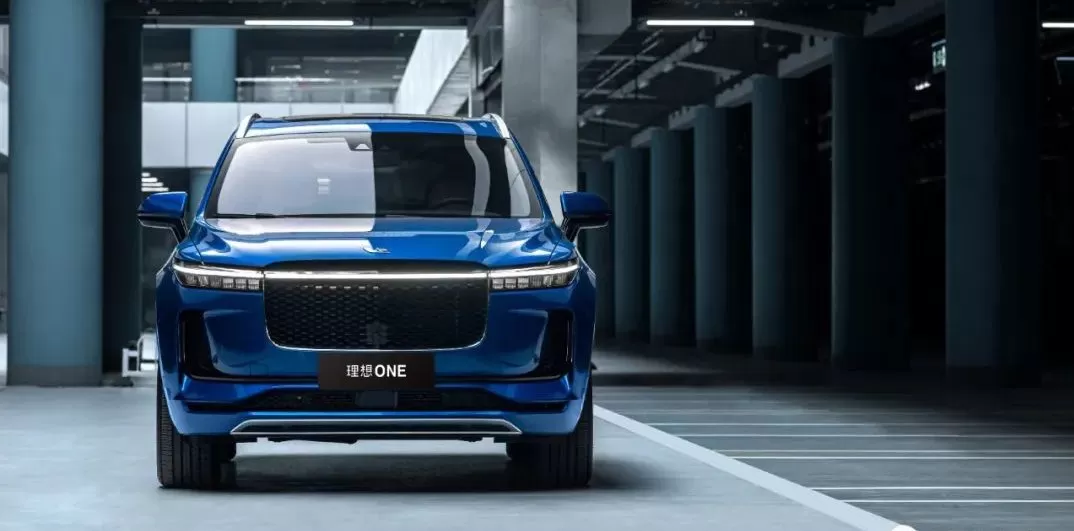Many new energy vehicle (NEV) owners discover significant differences in maintenance compared to traditional fuel vehicles. What exactly should be maintained in NEVs to keep them running efficiently? Let's take a look!
Table of Contents
Differences Between Pure Electric and Hybrid Maintenance
NEV maintenance can be divided into two parts: one for hybrid NEVs and another for pure electric NEVs.
Pure electric vehicles do not have complex mechanical structures like engines and transmissions, so they do not require oil changes, replacement of filters (oil, air, and fuel filters), or belts. The main maintenance tasks include routine checks and cleaning of the battery pack and motor. Other components, such as the braking system, cooling system, and suspension system, although they have longer replacement cycles, also need regular maintenance.

Hybrid vehicles have two power systems: a traditional internal combustion engine and an electric motor. This means maintenance must cover both systems. In addition to checking the electric motor and battery pack, routine maintenance for the fuel engine, such as oil changes, filter checks, and spark plugs, is necessary. Because the engine is used less frequently in hybrids, the oil change interval can be extended. For example, if a fuel vehicle requires maintenance every 10.000 kilometers, a hybrid can extend the oil change interval to about 15.000 kilometers.
Due to variations in brand and model, it's recommended that car owners follow the maintenance manual specific to their vehicle.
Specific Maintenance Areas for NEVs
1. Battery Pack
The battery pack is the core component of an NEV. Check for any unusual odors from the high-voltage battery pack, inspect the bottom protective plates for any deformations, and ensure the fastening bolts between the high-voltage battery pack and the vehicle body are tight. Additionally, pay attention to the battery's cooling and waterproofing to prevent damage or short circuits.
2. Motor and Electronic Control System
The motor and electronic control system are the power source and control center of an NEV. Regularly inspect their operational status and performance to ensure they are functioning properly. Also, check the cooling and dustproofing of the motor and control system to avoid external environmental interference.
3. Chassis and Suspension System
The chassis is the part closest to the road and is prone to scratches during driving. Since most components of an NEV are concentrated on the chassis, its inspection is crucial. This includes checking the transmission components, suspension parts for looseness or damage, and inspecting for rust.
4. Tires and Braking System
The tires and braking system are critical for the driving safety of an NEV. Regularly check the tire wear, pressure, tread depth, and the braking system's performance, including the condition of the brake fluid, to ensure they are in good condition.
5. Air Conditioning and Cooling System
The air conditioning and cooling systems are important auxiliary systems for an NEV. Regularly check the status and levels of the refrigerant and coolant, as well as the system's sealing and cleanliness, to ensure proper operation.






